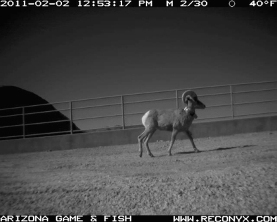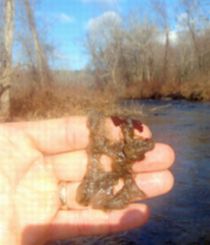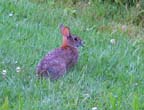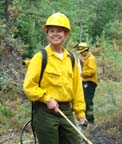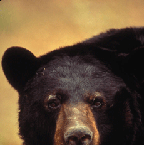A great example of how to liven up important conservation information is the Great Lakes SmackDown!, created by two graduate students at Michigan State University. (In the spirit of academia, their work is done for the Great Lakes Echo, a news service that is a program of the Knight Center for Environmental Journalism at MSU. Got it?)
 |
| Graphic: John Kalmar. Great Lakes Echo |
This March, an invasive species version of the NCAA basketball tournament has a Sweet Sixteen of invasive plants and animals facing off to determine which of the exotic losers is the most destructive to the Great Lakes region. This time the focus is on land-based invaders, and the competitors include the mute swan, the feral hog, and the gypsy moth.
After perusing fighter profiles, participants submit their brackets, then vote to influence the outcome of each bout.
Last October, a similar SmackDown pitted eight aquatic invaders against each other for the title of “most destructive.” The quagga mussel, aka “The Quagmeister” finished on top. Twenty-five people submitted brackets, and there were over 100 votes in the polls. Best of all, the SmackDown received local newspaper and radio coverage.
“The fact that we pulled it together and got very positive feedback from readers, scientists and our colleagues was a success in itself,” said Alice Rossignol, who coordinates the SmackDown with Rachael Gleason. She expects this March’s SmackDown to be even more successful, thanks to public relations assistance from Michigan State University.
While everything about the SmackDown is executed with Comedy Central-worthy humor, you don’t have to be funny to pull off a similar project, the coordinators said.
“If you have a new idea that discusses an issue in a new way, go for it,” said Rossignol. “The project’s character will be shaped for your own effort and how people interact and respond to it.”
“The SmackDown! was funny because it was fun — fun to read, fun to be a part of and especially fun to put together,” said Gleason, . “We wanted to relate to our readers and get them thinking about an important issue in a new way. And who doesn’t love filling out a March Madness bracket? After deciding on that theme, everything else, like the idea to characterize invasive species as cage fighters, fell into place”
